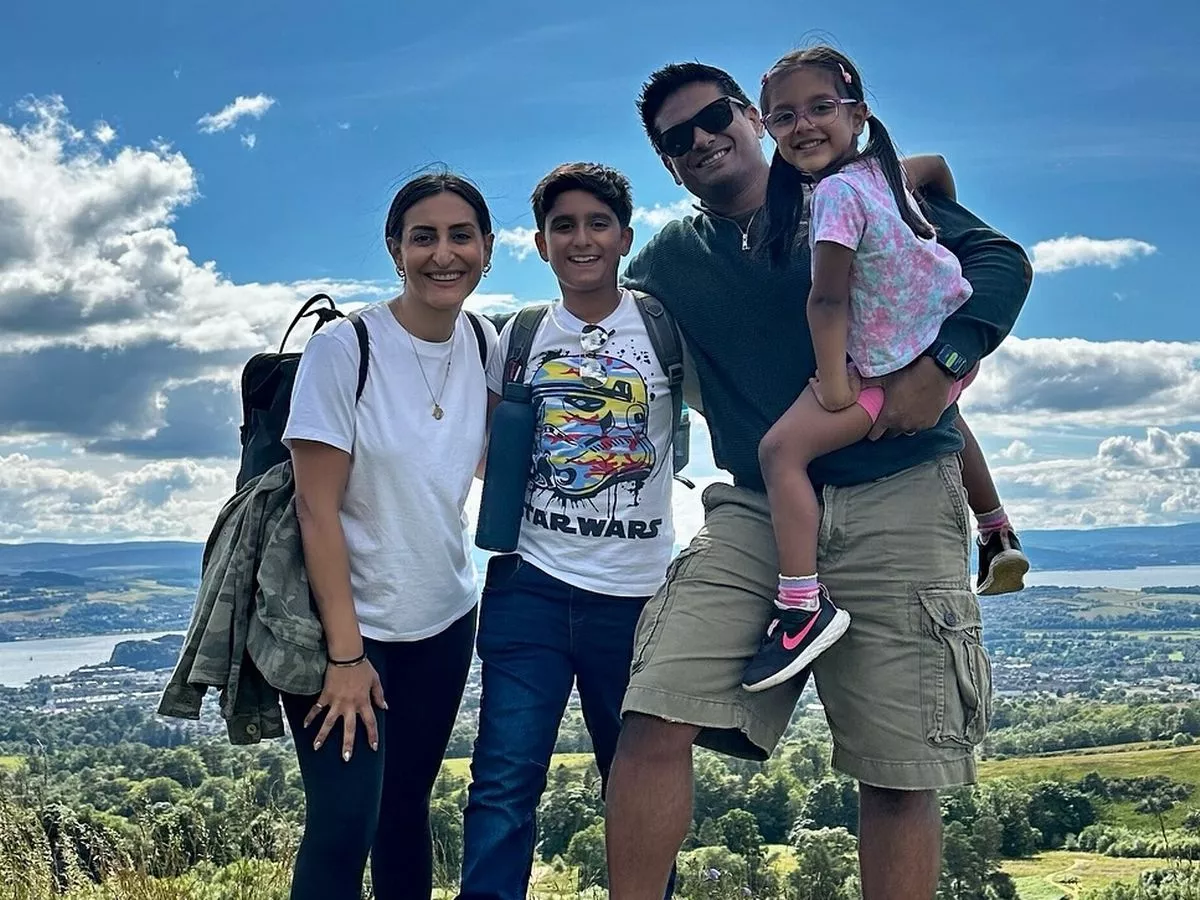Copyright mirror

Accidents and health emergencies happen all the time, and being equipped to deal with them can sometimes make all the difference to the outcome, as TV GP Dr Punam Krishan points out. When the media medic and bestselling author was just nine years old, her grandfather suffered a fatal heart attack and, growing up, she worried that she should have known more about what to do. So in her new book Dr Krishan shares the best ways to navigate essential, life-saving and simple first aid tactics. “Teaching first aid doesn’t need to be overwhelming or frightening,” she says. “It can be introduced through stories, play, repetition and age-appropriate language. It’s about helping children feel empowered, not alarmed. Even knowing how to call for help and stay calm is a powerful skill. My book opens up those conversations in a gentle, safe way – and hopefully gives both children and parents more confidence.” From treating cuts, stings and allergies to identifying emergency situations and administering life-saving CPR, Dr Krishan, along with chief medical adviser at the British Red Cross Dr Barry Klaassen, passes on advice and tips that are suitable from seven years old. It’s vital to have a basic understanding of first aid in the home and workplace, and know that we can act in a calm and capable manner, no matter the emergency. William Spencer, Red Cross First Aid product manager says, “Imagine a world where everyone knows how to help someone in an emergency. That’s our aim. That’s why we provide free teaching resources for schools — called First Aid Champions —and training for teachers. And adults use our free First Aid app and website to access guidance on a range of first aid issues. You never know when an emergency will happen. To be prepared with basic knowledge should be a must.” Here, Dr Krishan shares her top five first aid skills she feels everyone should learn. Calling 999 When an emergency happens, knowing when and how to get help, and what to say, is essential. For a child or a panicking adult, simple measures can be forgotten and making that call at the right time can be vital. Also, in a world with fewer landlines, always ensure mobile phones are charged, and keep charged power banks in drawers. Make sure the family knows where they are, too, in case instant power is needed. Recovery position If someone is unconscious but breathing, this position can protect their airway until help arrives. Roll the person onto their side to keep the airway open to prevent choking and allow fluids to drain away. Monitor the person until help arrives, and only change their position from left side to right side if it has been longer than 30 minutes. Choking Learning what to do if someone is choking could save a life. Any small object can cause choking but even eating can be a risk. If you often eat alone, learn the Self-Heimlich manoeuvre, and never reach into your throat to pull the object out. Seek medical attention, even if you dislodge the object, as it can cause internal injuries. Bleeding Learn how to press on a wound to stop bleeding and know when to seek help. To slow down blood flow, use a non-fluffy sterile material, and press firmly. It’s best not to remove soaked materials, either – just apply another layer on top. Call 999 while doing so, especially if the blood flow is extreme. Elevate the wound, if possible, and keep the person as still as possible. Allergic reactions Learn to recognise the signs of a serious allergy (like anaphylaxis), and how to use an EpiPen. If the allergy is mild, then antihistamines and a cool compress on the skin should be enough. Anything that affects quality of breathing, which can start as a ticklish throat and cough, could require the use of an EpiPen. If the person has one,the orange tip is the needle that injects into the leg, and the blue tip points upwards – or ‘orange to thigh, blue to sky’. Inject firmly and quickly, and never inject more than once into the same thigh.



